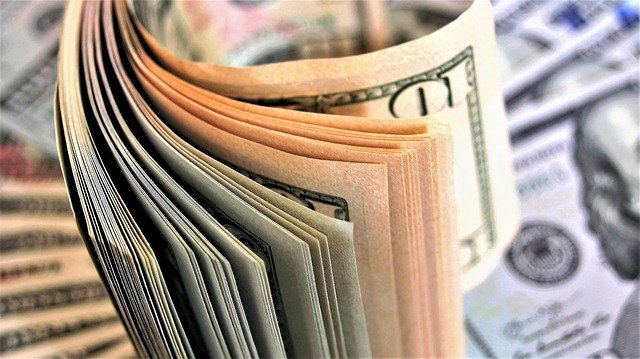New Delhi (IANS) A fiscal package to put money in the hands of the consumer in the festival season is on the cards.
The package could be rolled out around Navratri which is the biggest purchasing season for consumers and the economy going up till Diwali. This would mean putting money into the hands of the people as income has gone down for the salaried, migrant workers and small businesses. This will also shore up demand for companies.
In October 2017, just before Diwali, the government had announced cuts in GST rates on around 27 items, mostly consumer items, along with some other incentives.
In September last year, again just around the festival season, Finance Minister Nirmala Sitharaman announced a Rs 1.45 lakh crore corporate tax rate cut, bringing in an early Diwali.
Markets are also anticipating a fiscal stimulus. Joseph Thomas, Head of Research – Emkay Wealth Management said on Friday, “The expectations of a further fiscal package from the government ahead of the festival season is a factor that may endow the markets with some strength”.
Markets have been wobbly in the past few trading sessions with the emergence of the second wave of the pandemic and probability of geopolitical tensions centering around Chinese stand off.
Fitch Ratings had indicated that it is very likely that the government will have to spend a bit more on fiscal measures to support the economy.
Earlier this month, Ficci had underlined the need for a fiscal stimulus. Ficci said: “The contraction seen in the country’s GDP in the first quarter of the current fiscal is matter of great concern and clearly underlines the need for a major stimulus to energise and strengthen demand in the economy.”
As the Indian economy is progressively opening up in phases, businesses are seeing improvement in some of their operational parameters. However, the setback that has been caused to members of corporate India on account of Covid-19 will require a much longer period before one sees an improvement in performance on a sustained basis, Ficci said.
Till that time, government and regulatory institutions must continue lending strength to businesses through all possible additional measures as well as improvising the already announced set of measures basis feedback from all stakeholders.
Sangita Reddy, President, FICCI said, “Reviving the economy requires a sustained effort, especially when we have seen that in the first quarter our GDP has suffered a major blow. In the absence of a major fiscal push on the demand side, we could end up being stuck in a quagmire of low demand and low-income cycles. If we have to return to the positive growth trajectory, the time for bold and decisive action is now.”
Prime Minister Narendra Modi announced a Special economic and comprehensive package of Rs 20 lakh crore – equivalent to 10 per cent of India’s GDP in May during the lockdown.
As part of the Rs 1.70 lakh crore Pradhan Mantri Garib Kalyan Package (PMGKP), the Government announced distribution of free food grains, cash payment to women and poor senior citizens and farmers.
Around 41 crore poor people received financial assistance of Rs 52,608 crore under the PMGKP. The Finance Minister also said PMGKP used technology to do Direct Benefit Transfer (DBT) to people.

